19 Easy Care Houseplants: Low Maintenance Indoor Plants
With our often crazy, fast-paced lives, who has the time to fuss over houseplants every day? We all want lush and fresh greenery without devoting our weekends to plant maintenance. That’s why I’ve put together this list of 19 easy care houseplants, known for their hardiness and low-maintenance charm. These tried and true green gems are resilient and long-lasting—no fleeting “six-month wonders” here!
The market is full of beautiful houseplants, but some can be fussy, fickle, and short-lived, leading to costly replacements. Most of us don’t want to spend hundreds of dollars swapping out plants every season. I’ve had some houseplants for over ten years due to proper selection, placement, and care.
With over twelve years of experience in interior plantscaping, I’ve tested countless plants in commercial spaces like offices, lobbies, hotels, and even airports—where plants face tough conditions. These easy-care choices are the ones that passed the test, offering you the best of both beauty and durability for your home.
Note: This was published on 7/22/2017. It was updated on 11/15/2024.
Easy Care Houseplants Guide
These hanging, tabletop, and floor plants were chosen because they’re not fussy, are relatively pest-free, easy to find, and only need fertilizing a few times a year. There is nothing new or groundbreaking here, but hopefully, this list will make your life a wee bit easier. These are the easiest houseplants for beginning gardeners and those wanting long-lasting greenery without much attention.
The most important thing is choosing the right plant for the right place. I’ve seen plants requiring medium to high light in dark corners, and believe me, they don’t look good. Make sure your plants are getting the light they need. Conversely, keep them out of hot, sunny windows, or they’ll sunburn.
Are you confused about how often to water your houseplants? Check out my Guide to Watering Indoor Plants. There’s no definitive answer about how often because so many variables come into play. I answer questions and give you things to think about, which will help you when it comes to watering your indoor plants.
I’ve listed plants for high, medium, and low-light conditions and have briefly outlined more about light levels at the end of this post. You can also find these plants in our indoor plant care book, Keep Your Houseplants Alive.
Note: Regarding uses, tabletop means the plant sits on a table, bookshelf, bureau, cabinet, shelf, etc.
Pothos or Devils Ivy (Epipremnum aureum)
Uses: Hanging or tabletop plant.
Light: Medium.
For long trails, you can’t beat this fast-growing plant. Small roots appear at the leaf nodes making it easy to propagate a Pothos in water or soil mix. There are many varieties on the market, and they run the gamut from solid green to white and chartreuse variegations. Their trailing stems can reach 15’+ long.
More info: Pothos Plant Care, Answering Your FAQs About Growing Pothos, How To Grow Pothos With Lush Full Vines, Golden Pothos Care, Neon Pothos Care, Pothos N’Joy Care, Marble Queen Pothos Care
Spider Plant (Chlorophyyum comosum)
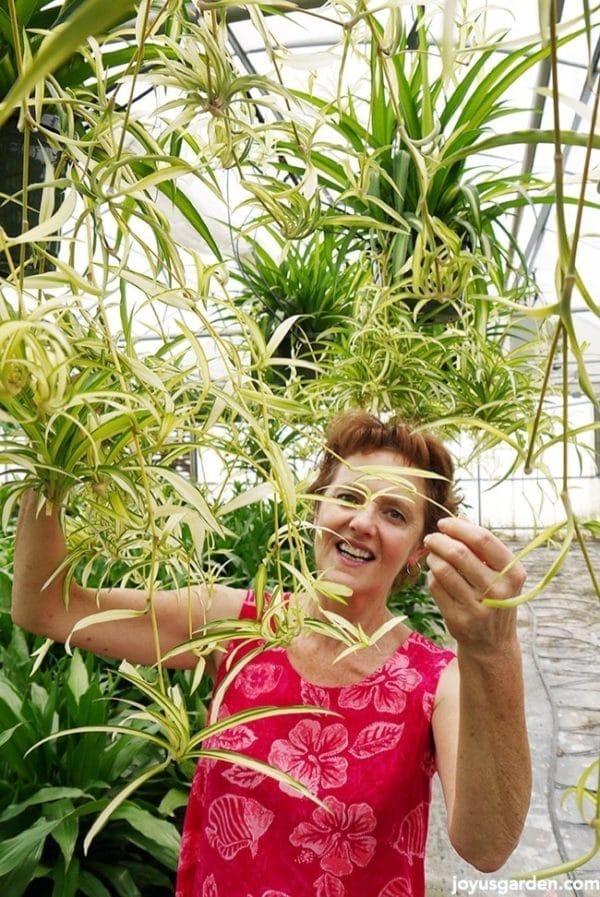
Uses: Hanging or tabletop plant.
Light: Medium to high.
This is a fun plant because of the babies produced on long, arching stems. This makes them very easy to propagate. One of mine grows outdoors here in Tucson year-round, so you know this plant is tough. It comes in different variegations and also solid green.
More info: Spider Plant Care, How To Grow Spider Plants (FAQs)
Wax Plant, Wax Vine (Hoya spp.)
Uses: Hanging or tabletop plant.
Light: Medium to high.
Hoyas are succulent-like plants, but they’re not classified as succulents. They’re slower growing indoors but very tough and attractive. And yes, they do flower. The higher the light you have them in, the better the chance of flowering. They can be subject to mealybugs, so keep your eyes open and get after them quickly. There are many different Hoyas to choose from, so you can find a leaf shape, color, and form that you’ll love.
More info: Hoya Plant Care, Sweetheart Hoya Care, Hoya Plant Care, How To Propagate Hoyas
Aloe Vera (Aloe barbedensis)
Uses: Tabletop plant.
Light: Medium to high.
This is truly a plant with purpose as it has benefits when used externally and taken internally. Aloe vera is a great plant to have in the kitchen or the bathroom, so it’s close at hand. This one gives a deserty feel and looks great in clay pots. It’s a succulent that gets by on little water, so be careful not to overdo it.
More info: Aloe Vera Care, FAQs About Growing Aloe Vera, 7 Ways To Use Aloe Vera Leaves, How To Repot Aloe Vera, Indoor Succulent Care For Beginners
Monstera, Swiss Cheese Plant (Monstera Deliciosa)
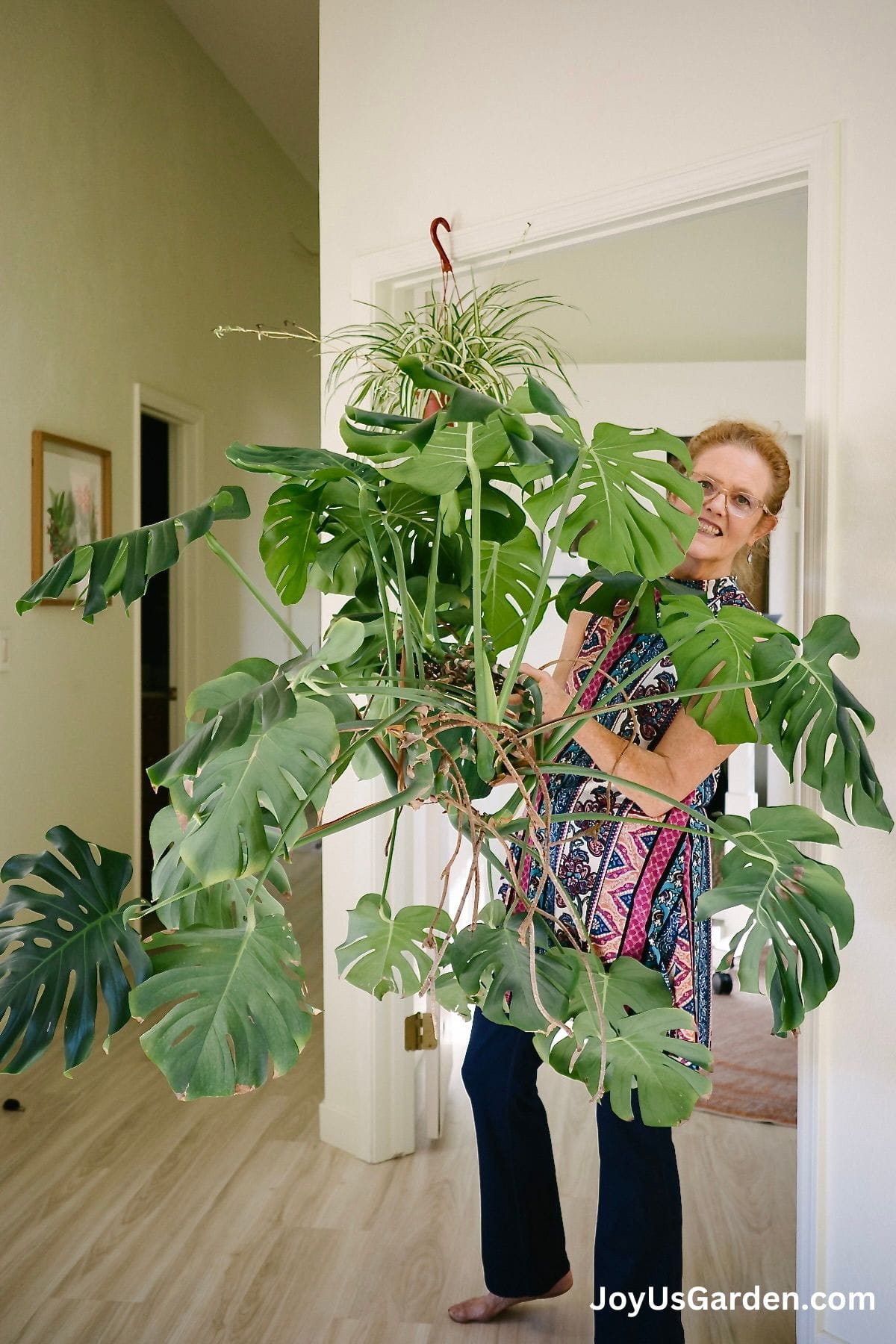
Uses: Tabletop or floor plant.
Light: Medium to high.
Hello, flip-flops, coconuts, and fruity drinks with umbrellas! If you want to bring a touch of the tropics into your home, the Monstera is the perfect plant for you. Its iconic, deeply split leaves are enormous and make a bold statement as the plant spreads out over time. Known for its unique look, the Monstera adds a lush vibe to any room. The variegated forms of this plant are popular now, too.
More info: Monstera Deliciosa Care, How To Repot A Monstera
Jade Plant (Crassula ovata)
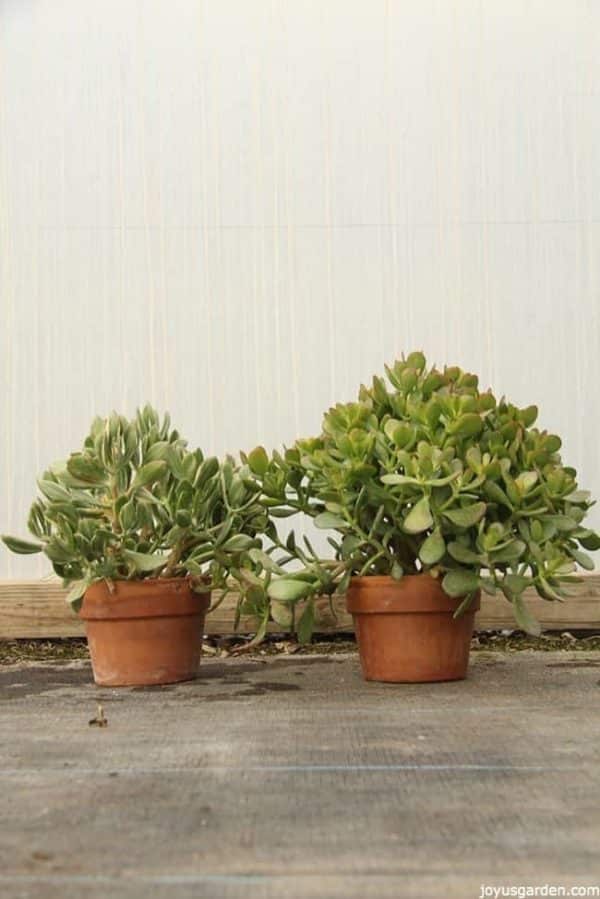
Uses: Tabletop plant.
Light: High.
Jade Plants are also succulents and have glossy green, plump leaves. As they get bigger, they develop quite a trunk structure and become quite heavy. If you’re into bonsai, this plant is an excellent candidate. Go easy on the watering with this one. It comes in a few variegated forms and a small-leaved variety, but those are more commonly seen in the landscape trade.
More info: Jade Plant Care, How To Repot Jade Plants, Indoor Succulent Care For Beginners
Bromeliads (There are many genera & species of these)
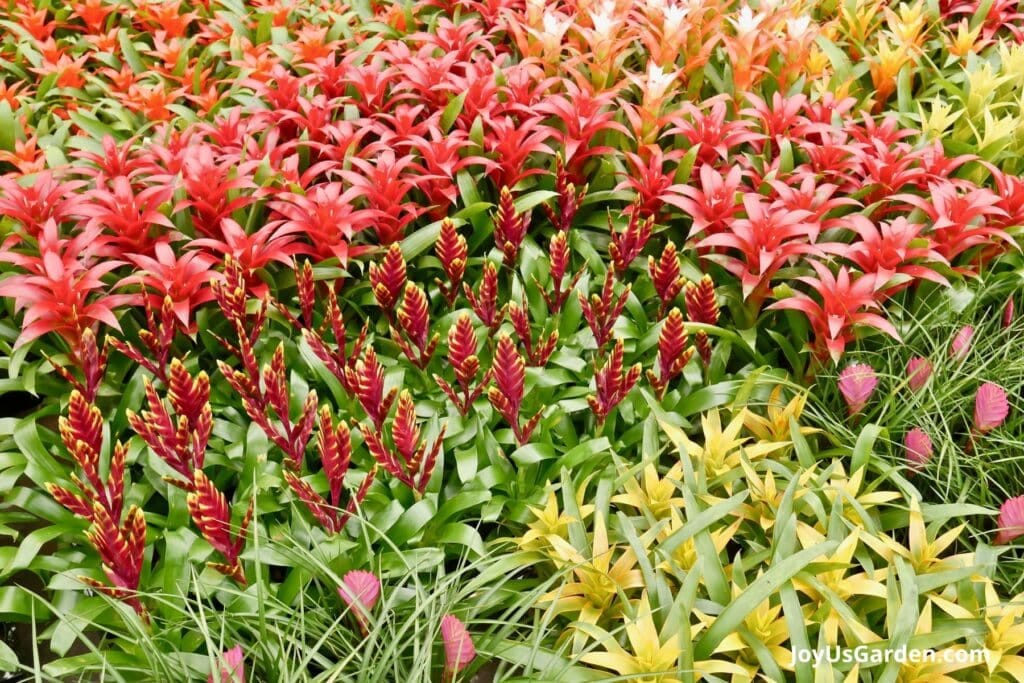
Uses: Tabletop plants.
Light: Medium to high.
These colorful plants add a pop of color and a real tropical feel to your home. They’re very easy to grow, but the more light you give them, the more color they’ll show. Many on the market provide a wide range of foliage colors, patterns, and flowers. The mother plant eventually dies after flowering, but the pups (the babies or offshoots) live on.
More info: Aechmea Care, Guzmania Care, Pink Quill Plant Care, Neoregelia Care, Cryptanthus Care, Vriesia Plant Care, How To Water Bromeliads
Snake Plant, Mother In Law Tongue (Dracaena spp)
Uses: Tabletop or floor plant.
Light: Low to high.
Snake Plants are very versatile in that they can grow in a wide range of light levels. Keep them out of direct, hot sun because they’ll burn like all the other houseplants listed here. Most of mine are tabletop plants, but my 5’ Zeylanica sits on the floor. Snake Plants are an excellent choice for busy individuals or people who travel (they love to be ignored!) or if you’re in a dry climate like mine. They stay narrow and upright and are at the top of the list of easiest indoor plants.
More info: Snake Plant Care, FAQs About Snake Plants, Repotting A Large Snake Plant, Snake Plant Leaves Falling Over, 5 Awesome Types Of Snake Plants, Propagating Snake Plants
ZZ Plant (Zamioculcas zamiifolia)
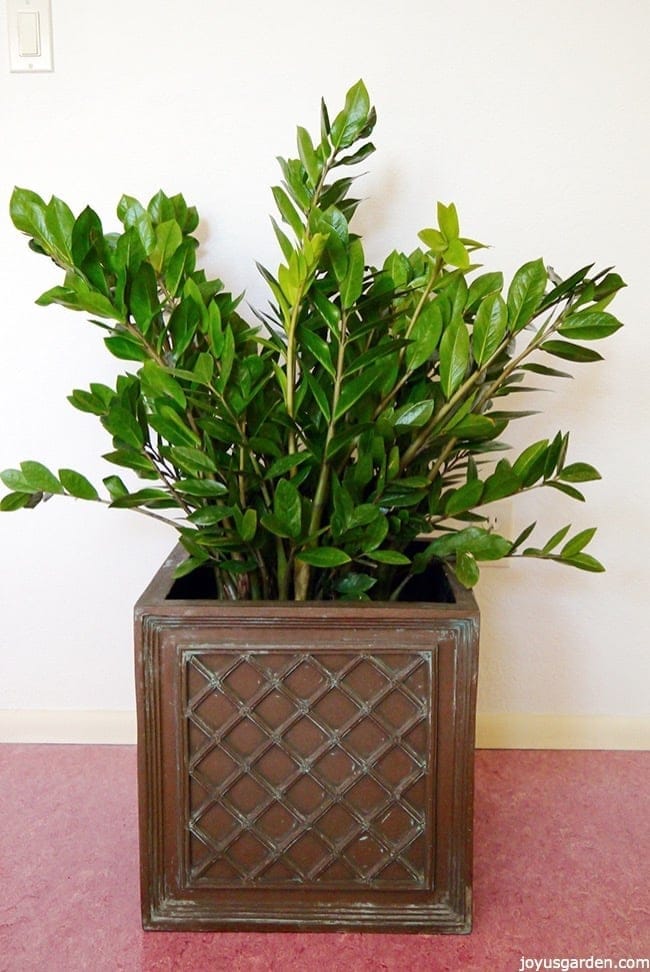
Uses: Tabletop or floor plant.
Light: Low to medium.
It’s billed as a low-light plant, but like most in this category, it does best and will grow much faster in medium light. The glossy, dark green leaves are so attractive, and this plant rarely has a brown tip. I divided mine into three plants because it had grown so much in a year. Some stems broke off as I was doing this, and they rooted in water. It’s hard to find houseplants with black/bronze foliage, but if you like the look, check out the Raven ZZ Plant.
More info: ZZ Plant Care, Raven ZZ Plant Care, Dividing A ZZ Plant
Ag, Chinese Evergreen (Aglaonema ssp)
Uses: Tabletop or floor plant.
Light: Low to medium.
We used this plant extensively on commercial accounts – it was the quintessential file-top plant. All the varieties have lovely patterned foliage, and the newer ones even have splashes of pink and red in them. The varieties with the darkest foliage and least variegation handle low light the best. Those with more color and variegation need more light.
More Info: Pink Agalonema Care, Red Aglaonema Care
Ponytail Palm, Elephant Foot Plant (Beaucarnea recurvata)
Uses: Tabletop or floor plant.
Light: High.
The Ponytail Palm is usually seen as a tabletop plant because it grows slowly (especially indoors), and the larger specimens are quite expensive. This crazy, wacky plant has twirling, cascading leaves that jazz up any indoor space. This is another plant that’s good for people who travel because of its low water requirements. A variegated form of this plant is also sold in the landscape trade.
More info: Ponytail Palm Care
Cast Iron Plant (Aspidistra elatior)
Uses: Tabletop or floor plant.
Light: Low to medium.
The common name says it all – this is one tough cookie. The dark green, large leaves rise up on long stems, giving it a look similar to flames. Cast Iron Plants are good for darker corners and in hallways. This plant has a few variegated forms, and some have smaller leaves.
Kentia Palm (Howea forsteriana)

Uses: Floor plant.
Light: Low to medium.
This is a graceful and elegant plant with an arching form. Kentias are slow growing, and they only put out one new frond per year. Even though they’re more expensive than some other palms, they’re very well suited to interiors. This isn’t a narrow plant – the taller they get, the more room they take up width-wise.
More Info: Kentia Palm Care
Rubber Plant, Rubber Tree (Ficus elastica)
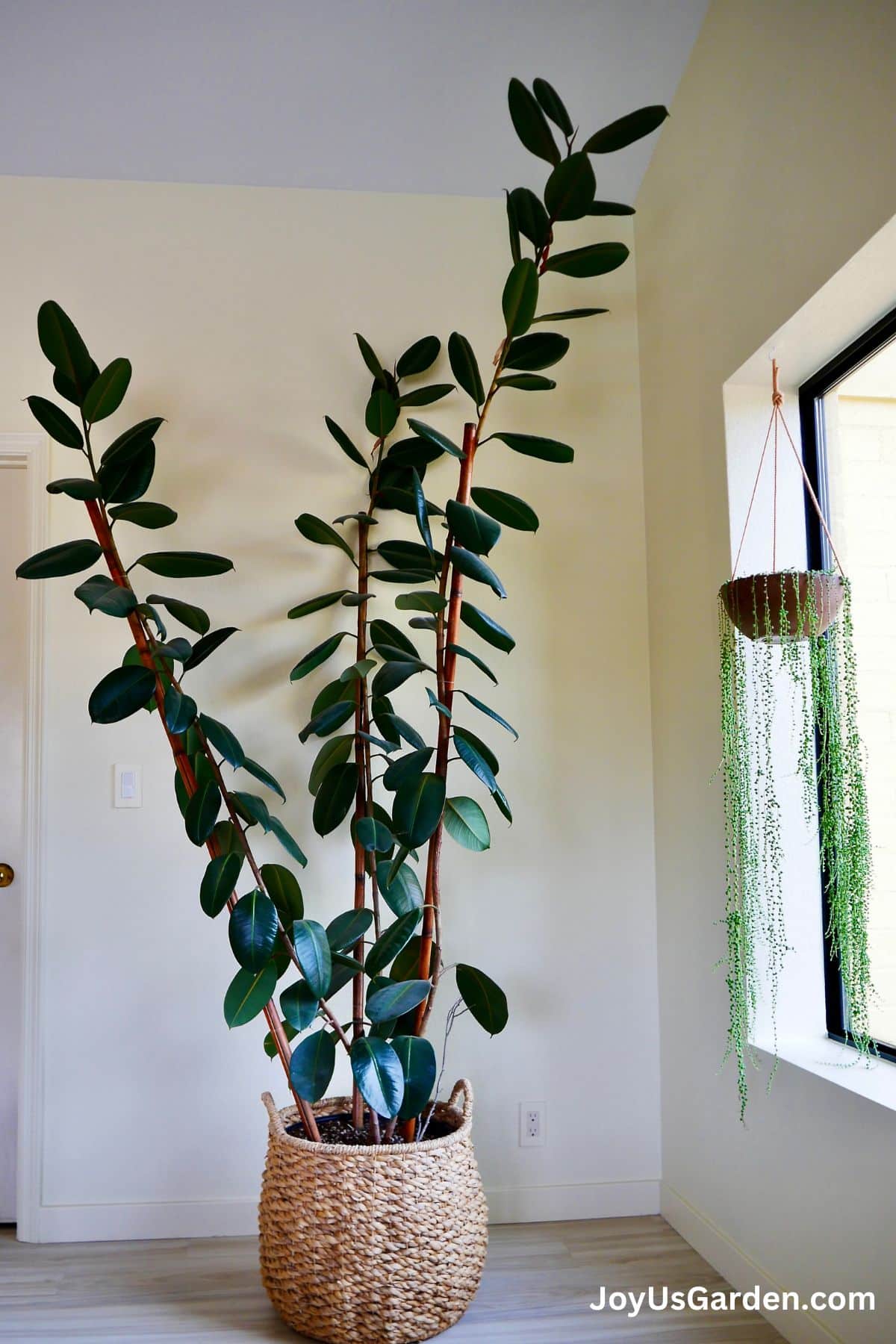
Uses: Floor plant.
Light: Medium to high.
If you want an easy-care tree with dark, glossy green leaves, this one’s for you. I found the Rubber Plant to be the easiest of the Ficus trifecta (the Fiddleaf Fig and Weeping Fig) to maintain and keep alive. It’s a great bang for your buck because they’re relatively inexpensive and grow fast. There are variegated forms of this plant if that’s more to your liking.
More info: Rubber Plant Care, Repotting A Rubber Tree
Dracaena Lisa, Dracanea Janet Craig (Dracaena deremensis “Janet Craig” & “Lisa”)
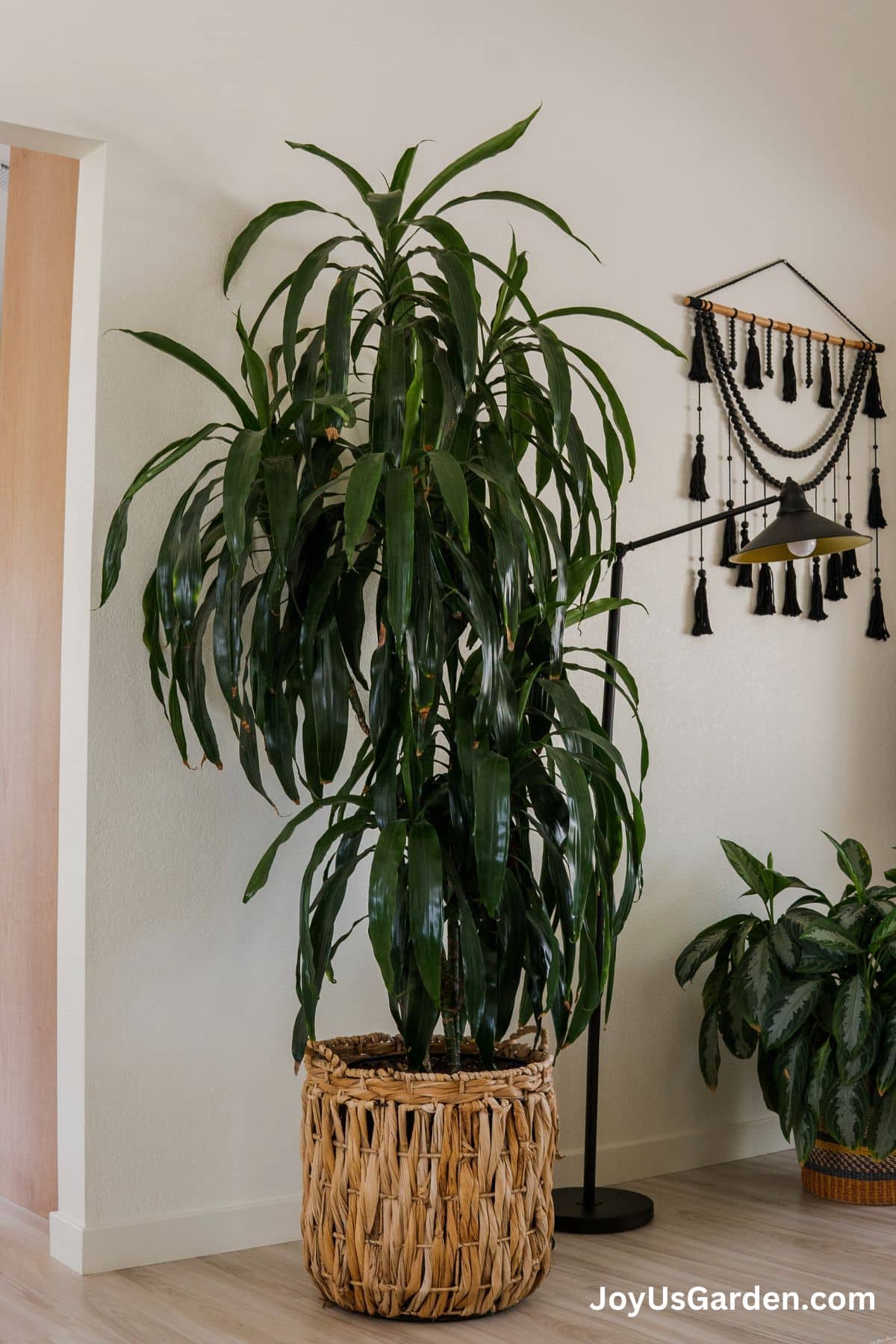
Uses: Floor plant.
Light: Low to medium.
In my days as an interior landscaper many years ago, “Janet Craig” was the only variety on the market. We put many of these in offices, malls, lobbies, etc. Then, the cultivar “Lisa” came on the scene. This one has narrower leaves but the same glossy, dark green foliage as the Janet Craig. Both are sold by the cane (stem), usually with 3-5 per pot, so you get the foliage heads at different levels, giving a staggered look.
More info: Dracaena Lisa Care, How To Repot A Large Dracaena Lisa
Corn Plant (Dracaena fragrans “massangeana”)

Uses: Floor plant.
Light: Low to medium.
The corn plant has wider leaves than Janet Craig’s and Lisa’s, with a bright chartreuse stripe down the center. It resembles corn leaves, hence the common name. To keep the variegation, make sure this plant grows in medium light. Otherwise, it’ll revert to solid green, like the Dracaena fragrans. This is usually sold in the staggered cane form like the dracaenas listed above.
Baby Rubber Plant (Peperomia obtusifolia)
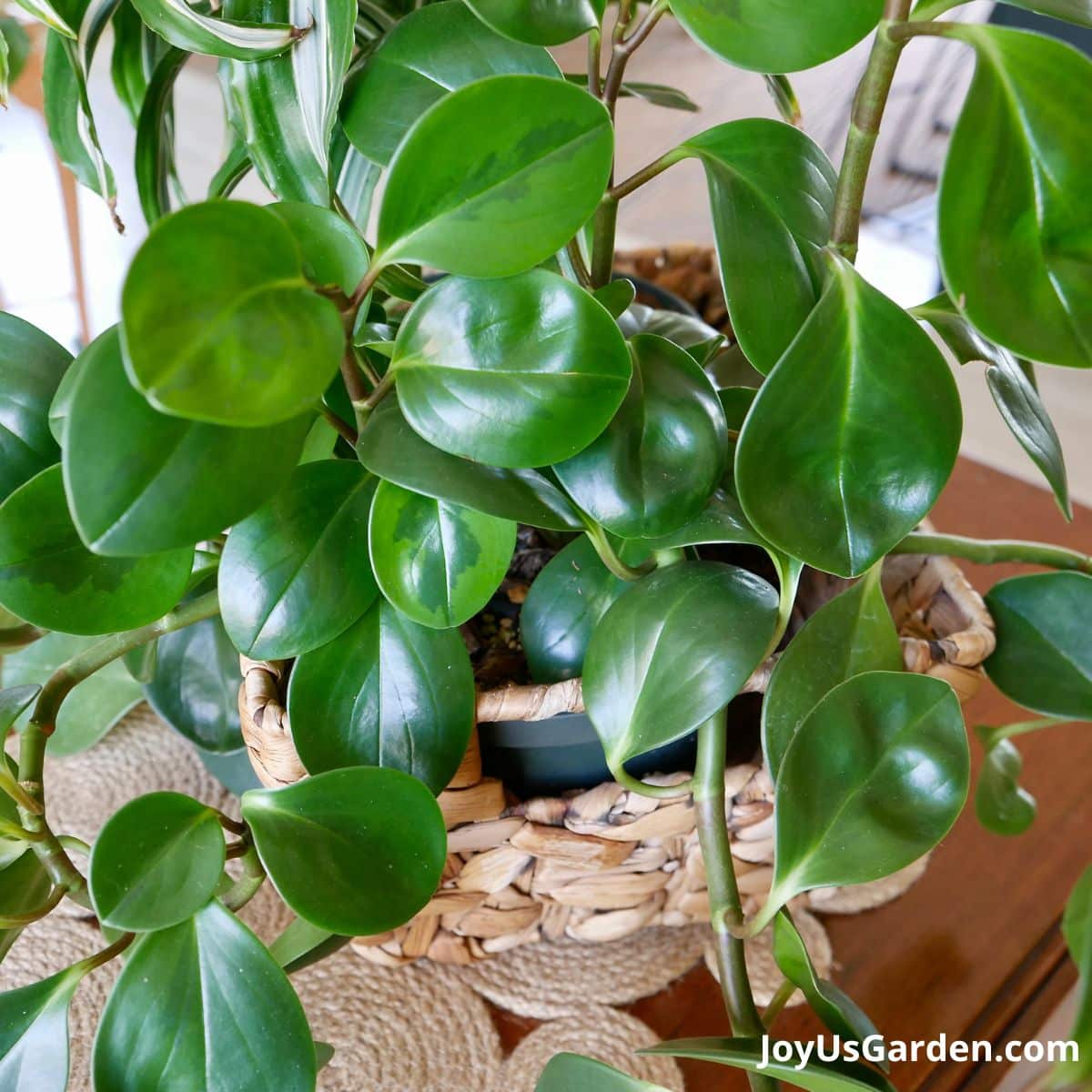
Uses: Tabletop plant.
Light: Medium.
The deep green, glossy foliage, and ease of care are this plant’s allure. As a houseplant, the average size is 12″ x 12″. This plant meanders and trails as it grows. Right now, mine is 18″ wide by 20″ tall. There is also a Variegated Baby Rubber Plant if that’s more to your liking. My Variegated Baby Rubber Plant grows in a more upright form.
Haworthia, Zebra Plant (Haworthia spp)
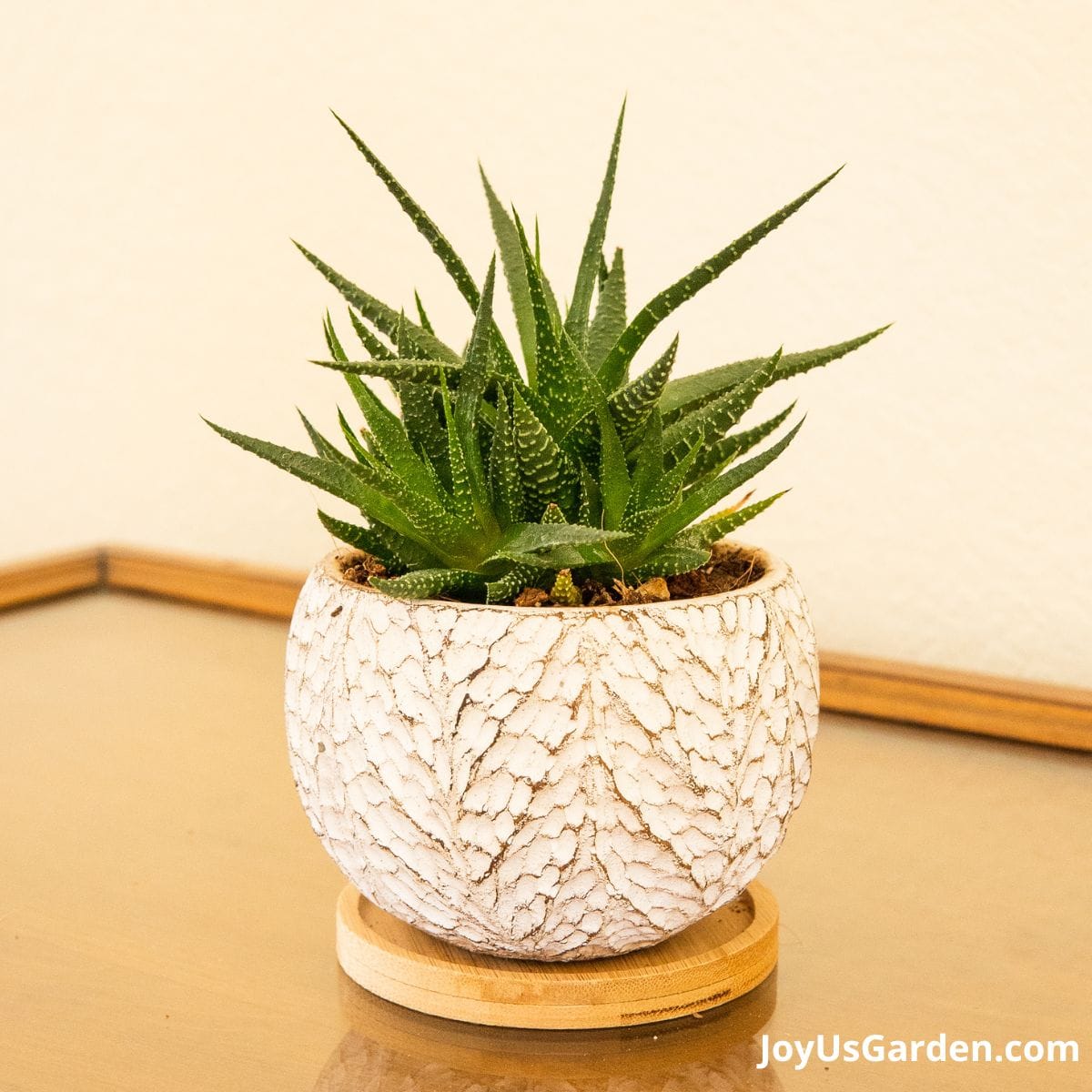
Uses: Tabletop plant.
Light: Low to medium.
Wrapping up this list of easy care houseplants is the smallest of them all. If you’re looking for a plant that stays small and can be tucked in almost anywhere, this is it. There are many Haworthias on the market, but the Zebra Plant is the one that sells the most. They are succulents, thrive with infrequent watering, and are in my top 3 for minimal attention.
More info: Succulent Plants Indoors: 6 Important Tips
Touching Briefly on Light Levels
I have no experience with artificial light, so I’m referring to natural light here. Be aware that light levels vary with the seasons, so you might have to move your plants closer to a light source in the cooler, darker winter months.
Very few houseplants can take strong, direct sun, so keep them out of hot windows, or else they’ll burn. Most indoor plants do best in bright indirect light, considered medium or moderate exposure.
- Low light – Low light isn’t no light. This is a northern exposure with no direct light.
- Medium light – This is an east or west exposure with 2-4 sun coming in the windows daily.
- High light – This is a west or south exposure with at least 5 hours of sun exposure daily.
Just know that you can have a low light plant in a medium or high light room, but it needs to be at least 10-15 feet away from the windows. If plants are getting leggy, the foliage is getting smaller, and the color fades, it’s most likely due to lack of light.
I use my instincts when it comes to light and houseplants. If a plant isn’t doing as well as it should, then I move it. You can find more detailed information on light and houseplants here.
Easy Care Houseplants Video Guides
Updated Video:
Original Video:
Conclusion: Houseplants do best when growing in well-drained soil in bright light out of direct sunlight. Too much water will do them in. I fertilize mine throughout the growing season and clean them once or twice a year so the pores can better breathe.
I hope this list of easy care houseplants has given you some inspiration. Whether you’re just starting out with indoor gardening or simply want some fuss-free greenery, these plants are perfect for bringing a dose of nature into your home with minimal effort. Enjoy the calm, beauty, and fresh vibes these plants will add to your space!
Click here for lots more on houseplants.
Happy (indoor) gardening,

This post may contain affiliate links, you can read our policies here.
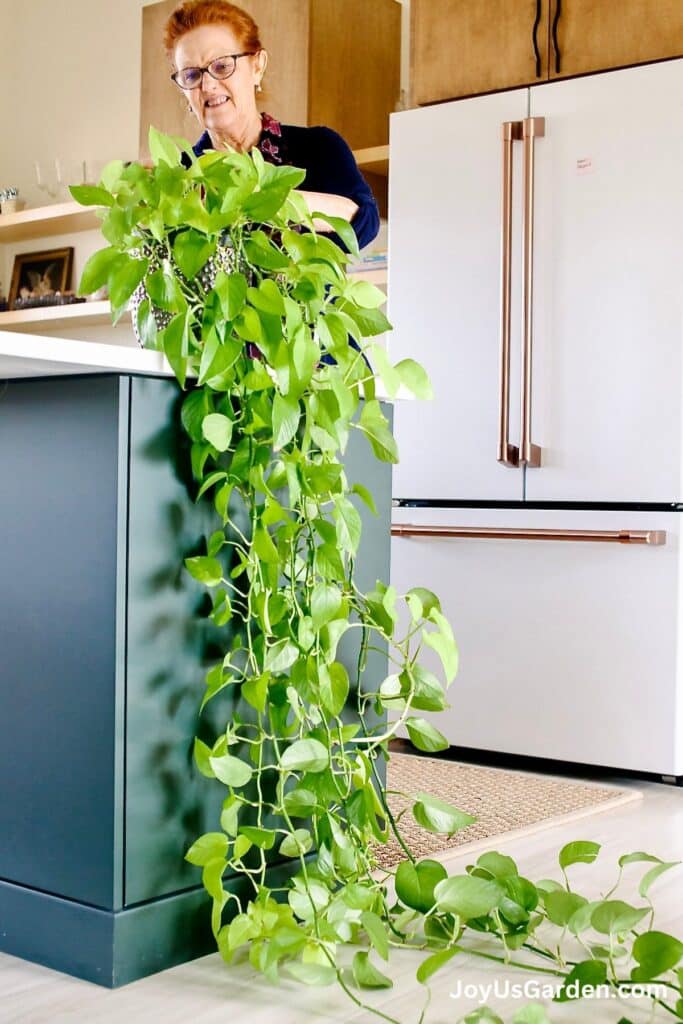
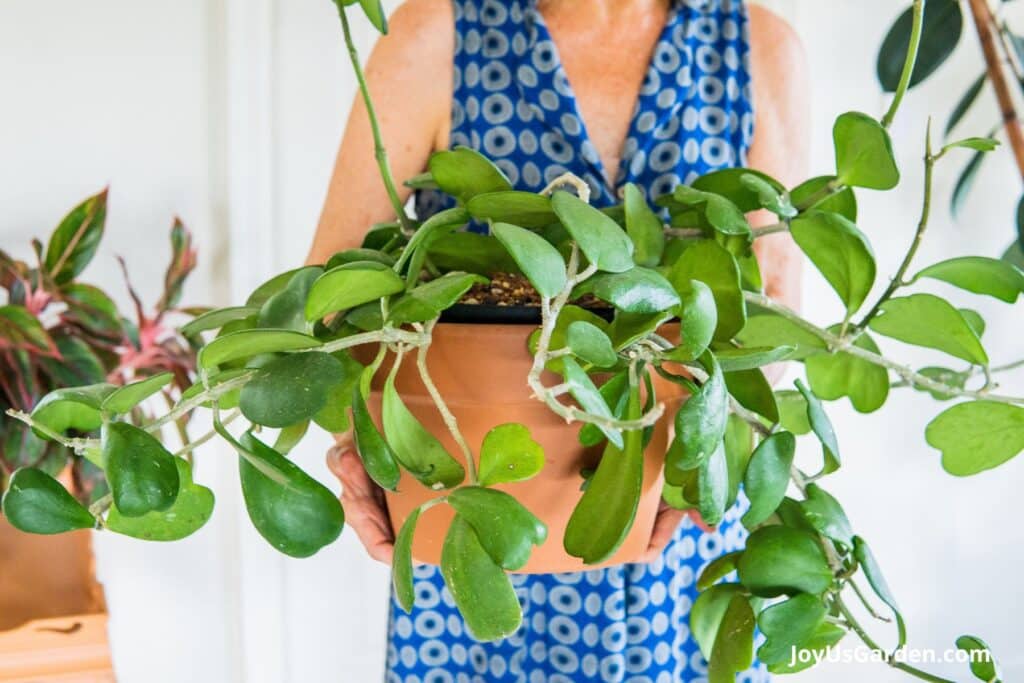
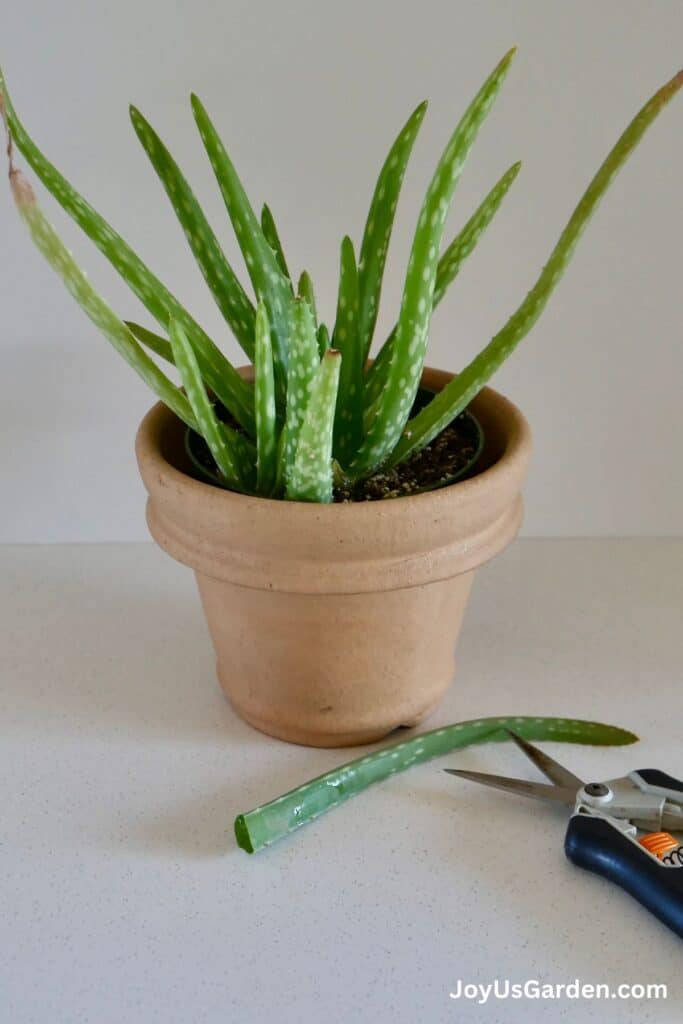
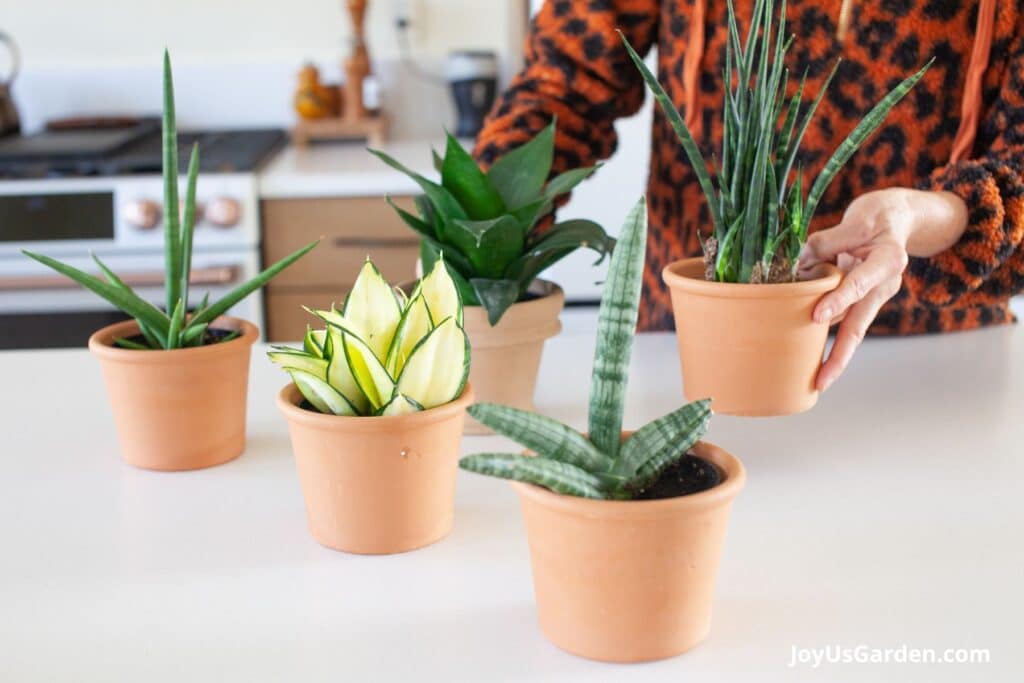
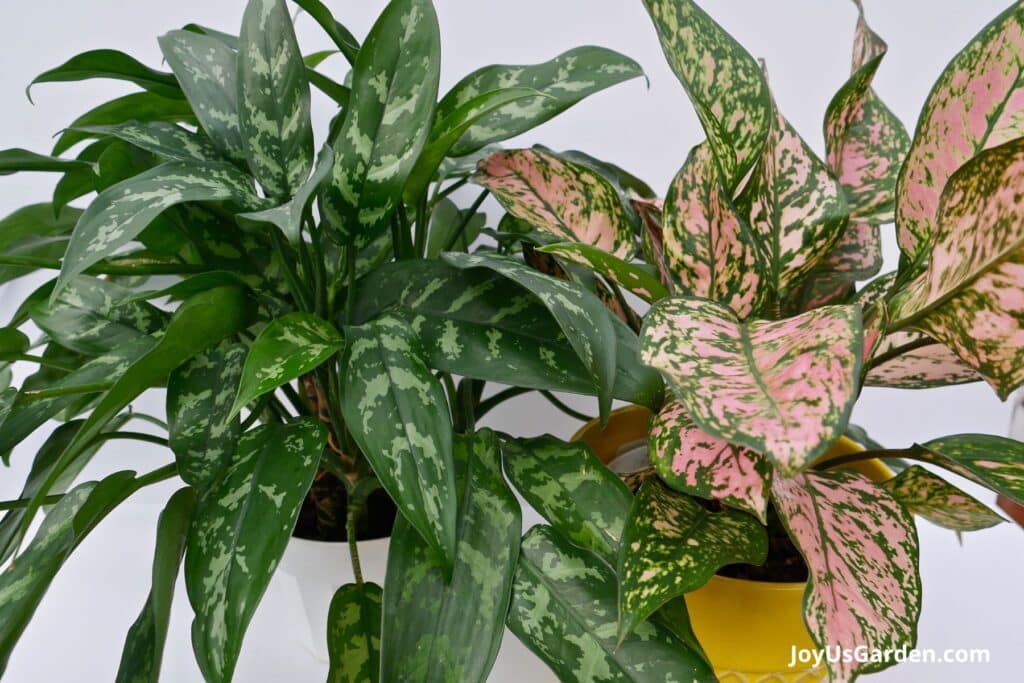
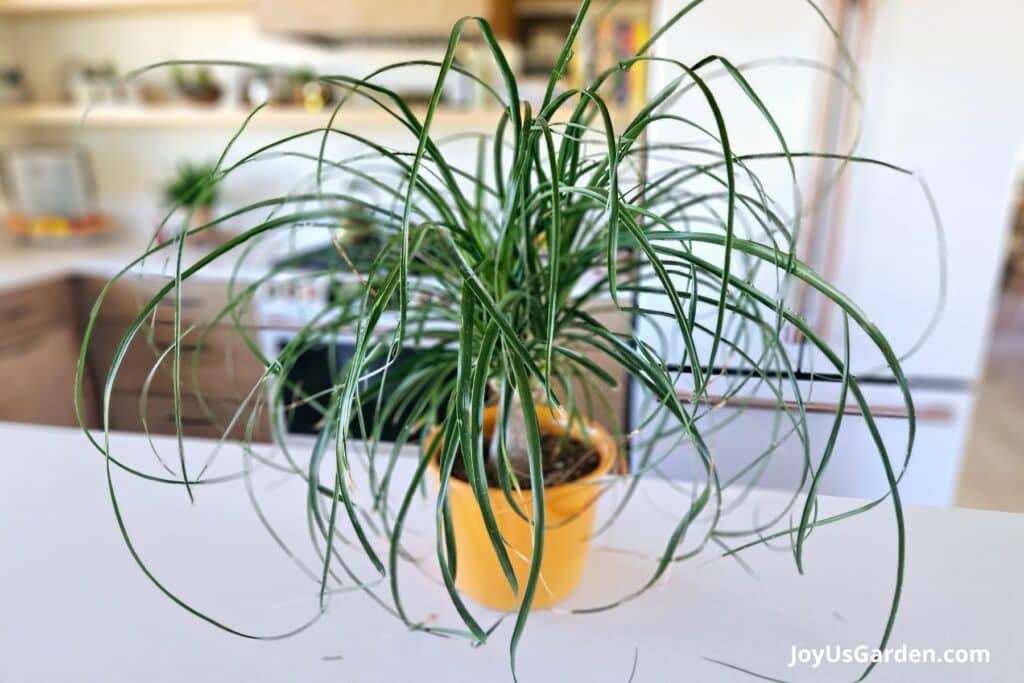
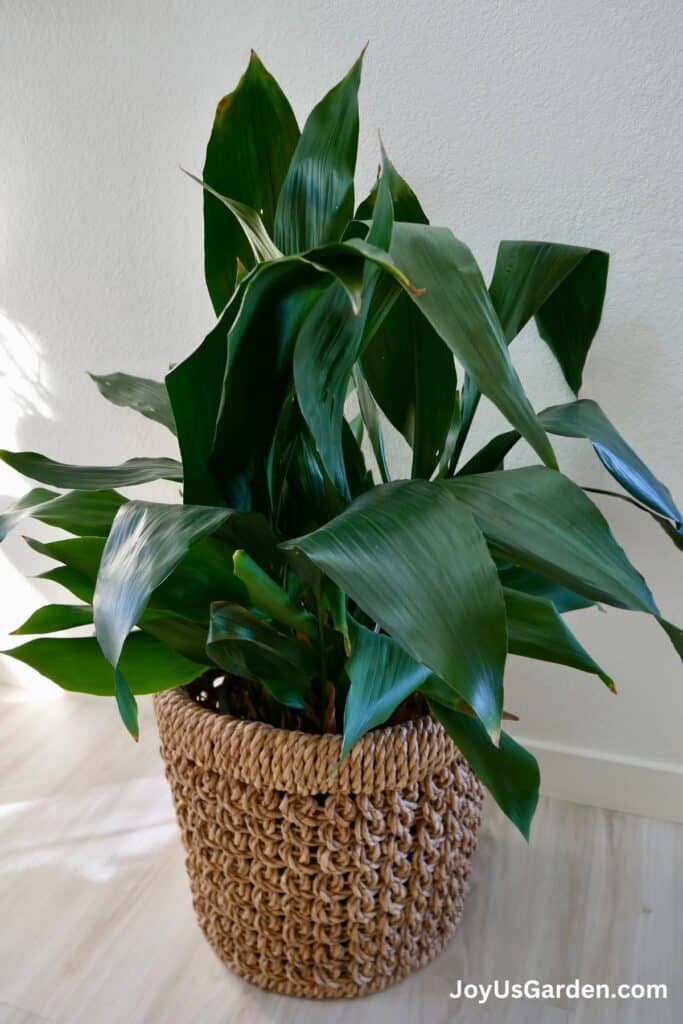
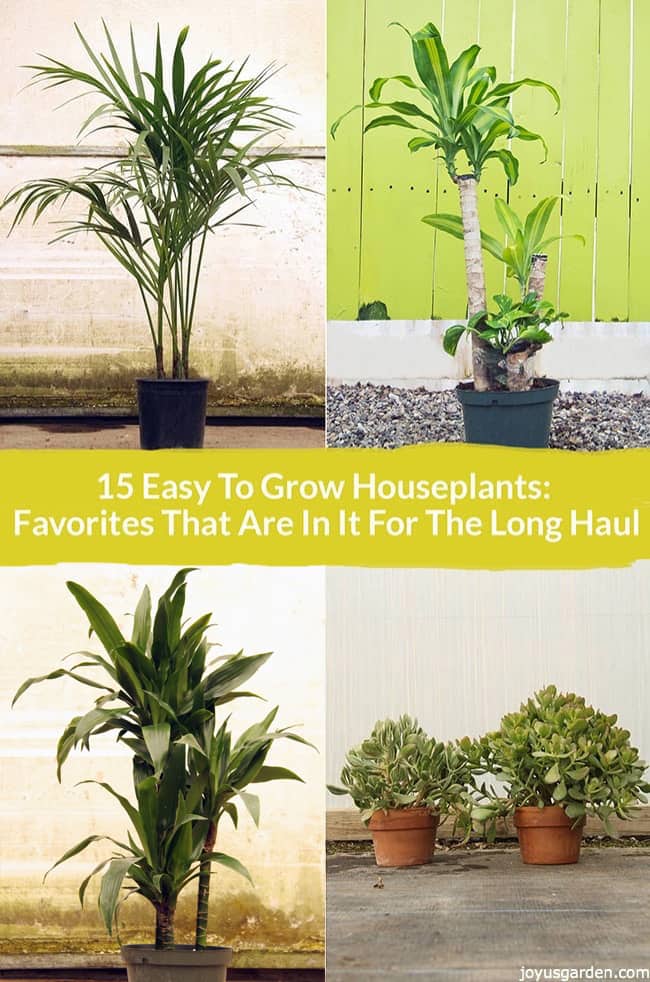

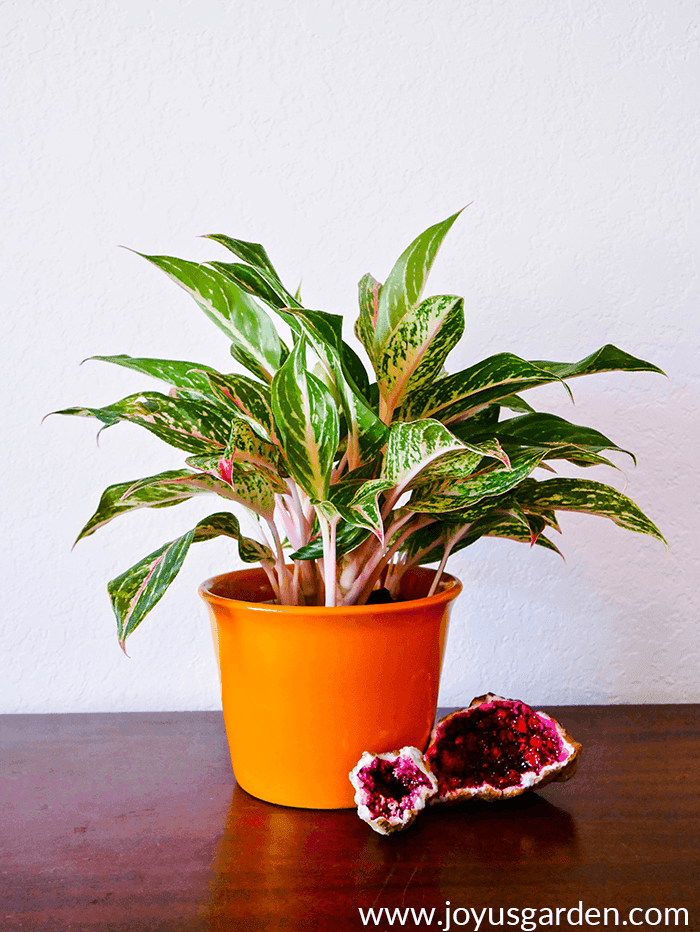
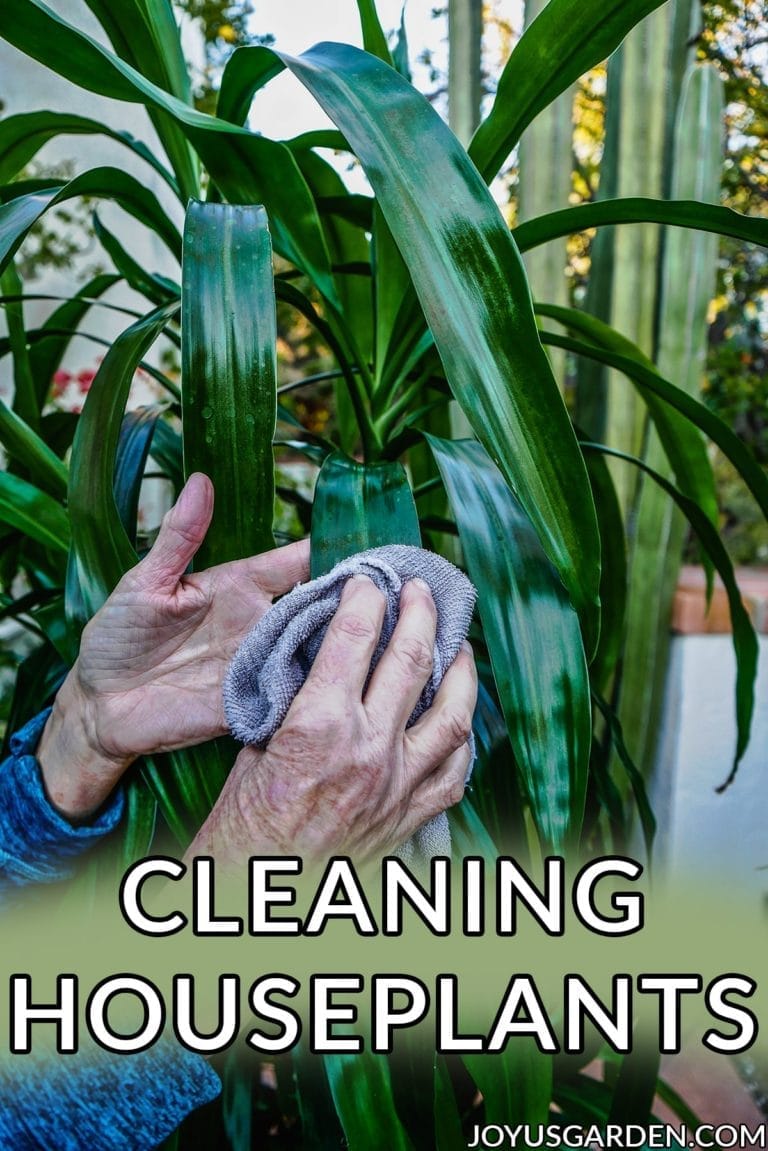
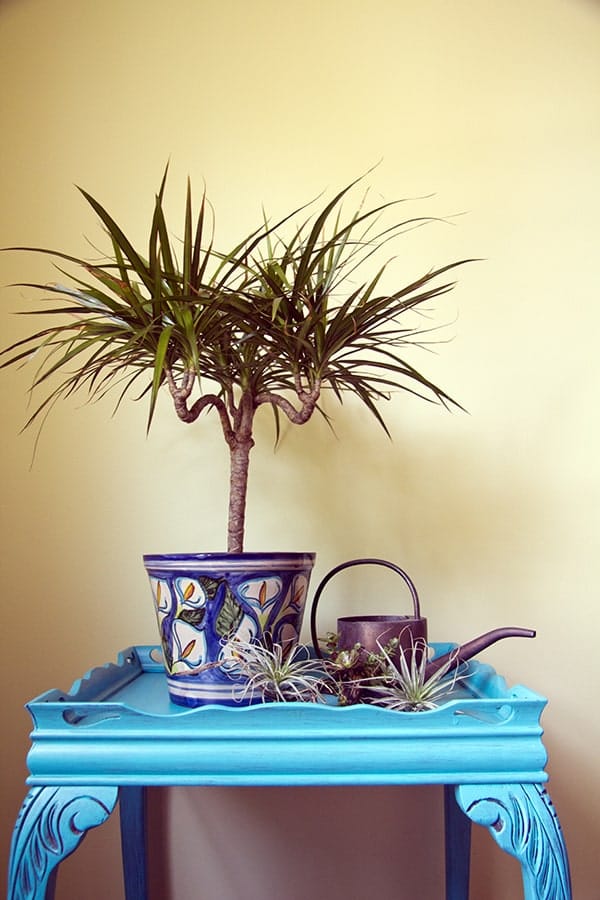
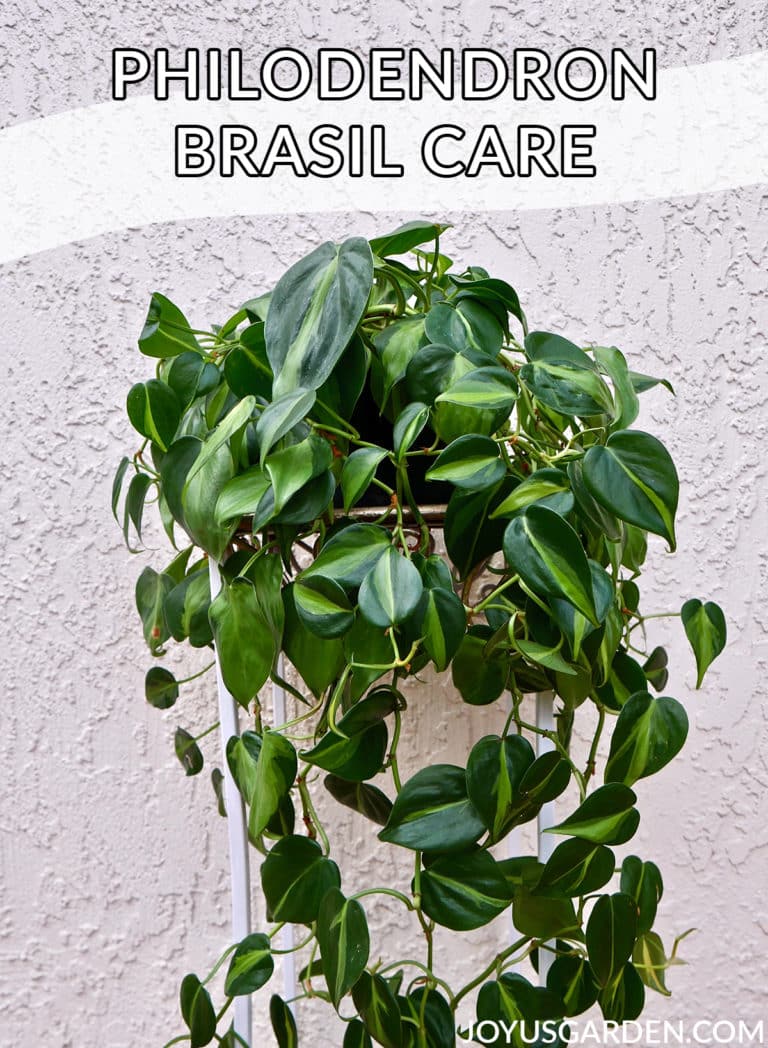
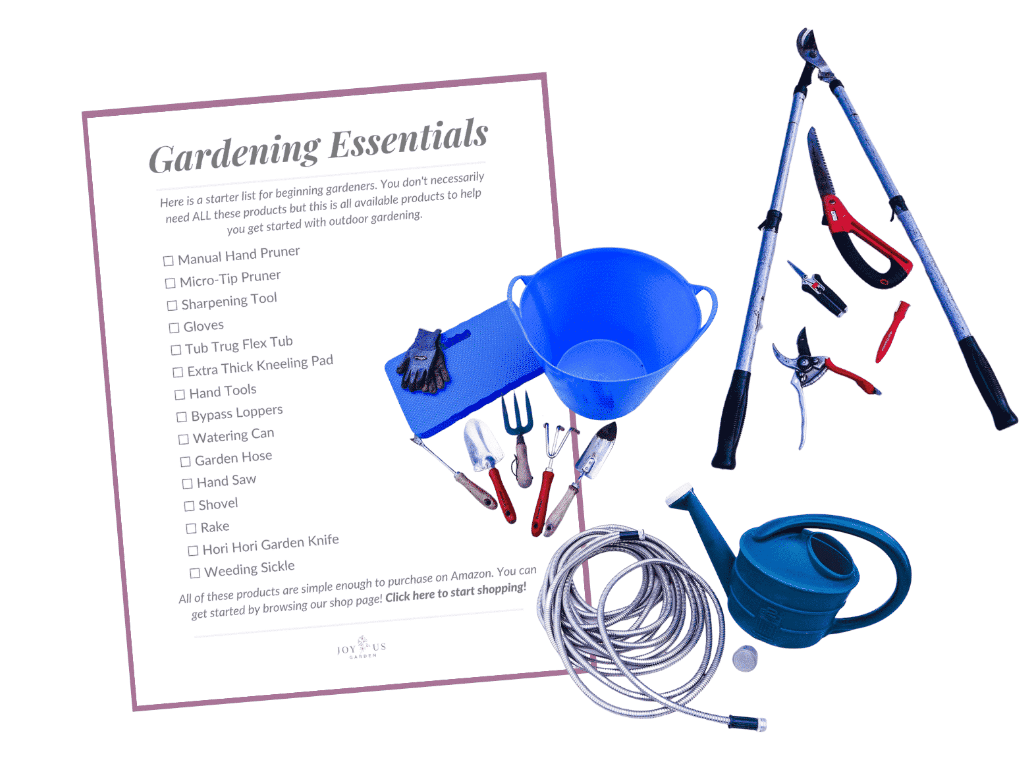
These plants are all gorgeous! I don’t think I can choose only one, I need them all.
Thanks so Lucy! Nell
I have owned house plants for 45 years +. Many plants are quite old. Do you know of anyone who will come to my house to tell me if my plants are in the right places or if they are healthy?
Hi Marla – I’d do a search for “houseplant house calls” & see if anyone pops up in your area. Or, if there’s a nursery with a lot of houseplants or an interior plantscaping company nearby they might do if for you. Hope you find someone! Nell
Marla…. You must be doing a lot of things right for your Plants..
My suggestion go to a Private owned Greenhouse Garden Center….not a big box store, and talk with the owner. They usually know who their expert plant persons are and might charge you a house call.
I have a collection of Tropicals that I bring inside every year, Bouganvillias, Oleander, Durante etc. I no longer bring in Mandevillias because they drop their leaves from lack of sun, get spindly, and GET Pests that can easily infect other plants. House plants are also brought outside to go into container planters for height. Palms are wonderful, Dracena’s, Ti plants , Ferns are also great, Holly F, Western Sword F, Birds Nest Fern, I use them as the Thriller, (top) plant, add Daliah’s, Coleus for (Filler) then assorted Spiller’s: Ivy, asp fern, etc.. Fall is a BIG job bringing everyone in… first plants are taken out of Mixed containers.. and replanted in same plant same container. plants that require low light from a grow lite bulb go to plant room in basement. Blooming plants that require more light get to stay in the 3 sided window sunroom.. I also have a propagation area set up down stairs to divide and propagate plants : succulents, spider plants, etc are then sold in early spring to help pay for new plants. we travel to florida and go to garden centers, purchase, pack and ship plants to arrive 2 days after we get home.. last year we did Cactus… and they have survived well and are just about to go back outside. of course this is a big job… watering and trimming of the plants… inspecting for bugs.. but it has been a part of me since I was 15 at my first job… in the plant department of a store…. I am 66… and go to work 2 days a week for a Greenhouse April & May.. my hourly pay is of course more plants……
Hi Peggy – Yes, you do have an operation going on there. It takes me some time to water all my plants but I enjoy it. I used to work at a nursery in Berkeley, CA so I do recommend seeking advice at a reputable garden center. I took home way too many plants but it’s a wonderful addiction. Nell